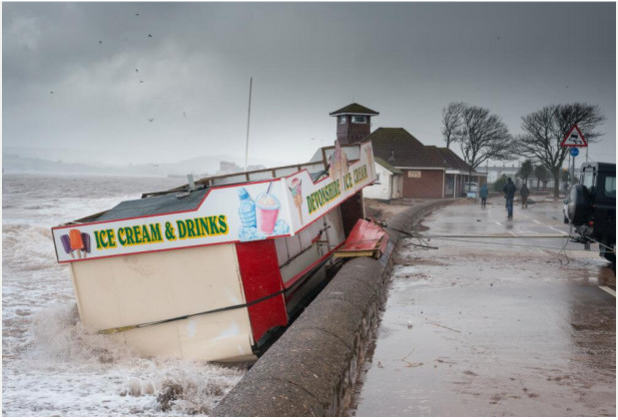Hollywood technology predictions have either come true or fizzled into a distant memory, relived only on movie nights. The ’Back to The Future™’ trilogy correctly predicted wireless video games, hand held computers, video conferences and wall mounted widescreen televisions. Sadly, some technological dreams depicted in the movie have yet to become reality - such as the hover board Marty McFly used to escape the clutches of his father’s school bullies.
Augmented reality is another
technology that some people may class as purely science fiction. It’s certainly
not something they would expect to use in everyday working life. However, the
technology behind augmented reality is gaining traction and is increasingly
being used in consumer facing industries.
Augmented reality provides a
digitally enhanced view of the world in real time, and because of this the
technology’s potential has not gone unnoticed in the commercial world.
Companies are increasingly using its ability to bring real-time solutions to
practical problems.
With augmented reality apps
you can overlay sets of information on top of a live, real-time environment
picture of your surroundings. In the
building and construction industry, such technology is already revolutionising
the process in which site assessments and construction projects are managed.
For example, current mapping applications allow users to overlay information,
so that, for example you can plot route and distance information on existing
area maps. The British Geological Survey has already developed the iGeology App
that allows users to explore the rock geology beneath their feet using the
camera on a mobile phone.
We have also recently
enhanced our Envirocheck
Analysis online mapping software. This is designed to deliver significant
time savings and improved accuracy when analysing historical mapping for Phase
1 environmental site assessments, providing a quick and easy way to overlay
current and historical maps and aerial photography.
It is currently only
available on the desktop platform, but future technological enhancements using mobile technology are being investigated.
Augmented reality, once a
dream of science fiction writers and fans, is
becoming a reality which will transform the way you work. Perhaps we should still hold some hope for Marty McFly’s hover board after
all.






